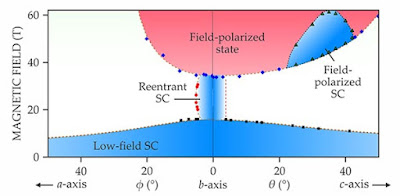Topics: Atomic Physics, Laser, NIST, Quantum Mechanics, Research
By confining single ions of aluminum and magnesium in an electric trap, cooling them to near absolute zero and probing them with laser beams, physicists at the National Institute of Standards and Technology (NIST) in Boulder, Colorado have built what is in effect the world’s most accurate clock. Having fractionally improved on the performance of another clock at NIST, the researchers have shown that their device would neither gain nor lose a second in 33 billion years (if it could run for that long). Such accurate timekeeping, they say, could boost geodesy and lead to new insights in fundamental physics.
The clocks that currently underpin atomic time rely on precisely measuring the frequency of microwaves emitted during a specific transition in cesium atoms. But such devices are limited by the relatively low frequency of that radiation. To keep time even more accurately, and eventually introduce a new definition of the second, physicists are developing clocks based on higher-frequency optical transitions.
The latest work at NIST features what is known as a quantum-logic clock. Built by Samuel Brewer and colleagues, it uses a positive ion of aluminum-27 as its timekeeper. When exposed to ultraviolet laser light at wavelength 267 nm, the ion undergoes a transition with a very narrow line width – making its frequency very well defined. What is more, that transition is largely immune to sources of external noise – such as blackbody radiation – that in other types of optical clock shift the frequency away from its true value.
A magnesium-25 ion is used to cool the aluminum down to the very low temperatures needed to minimize thermal noise. Cooling involves the absorption of photons at another specific frequency, but practical limitations mean that this cannot be done using the aluminum itself. This is because the required frequency in is too high for any practical laser. By entangling the two ions, the magnesium cools the aluminum via Coulomb interactions. This process also allows the quantum state of the aluminum ion to be read-out following exposure to the clock laser.
Entangled aluminum ion is world’s best timekeeper, Edwin Cartlidge, Physics World


